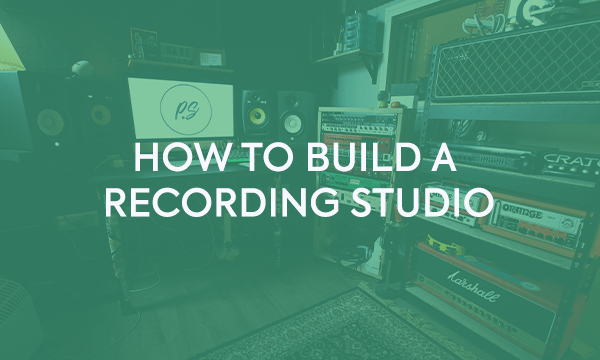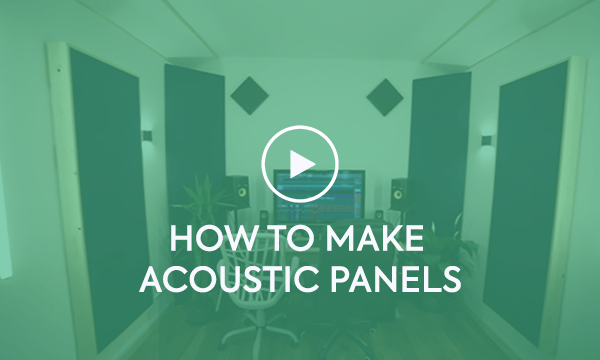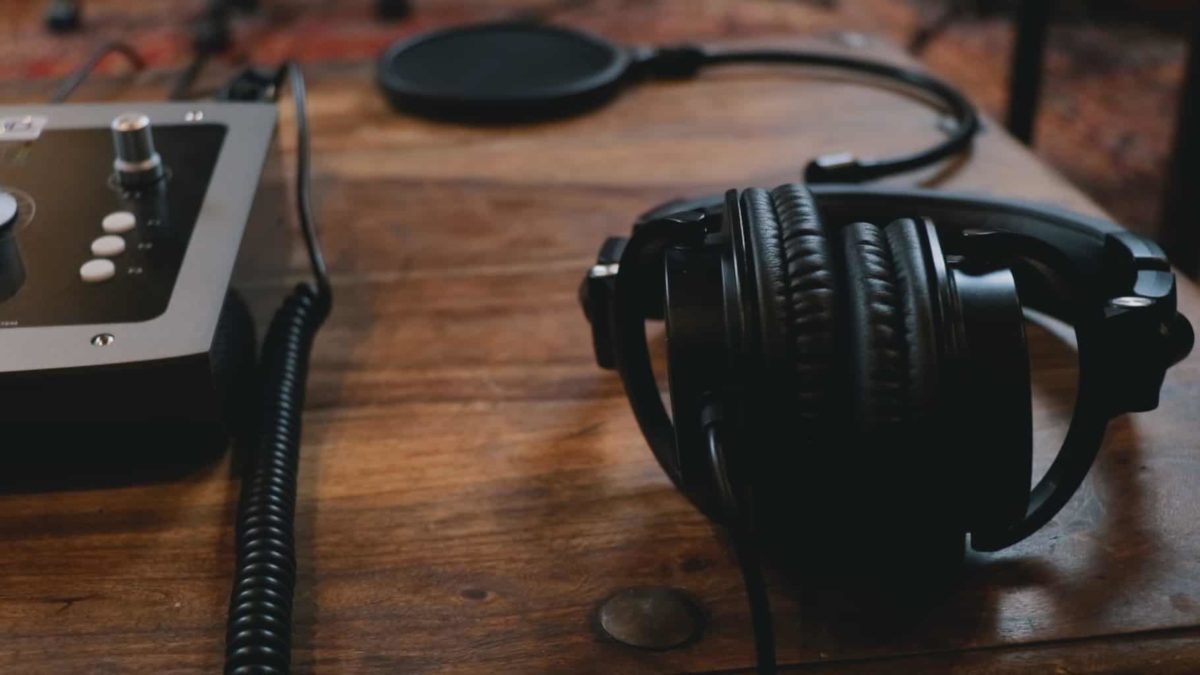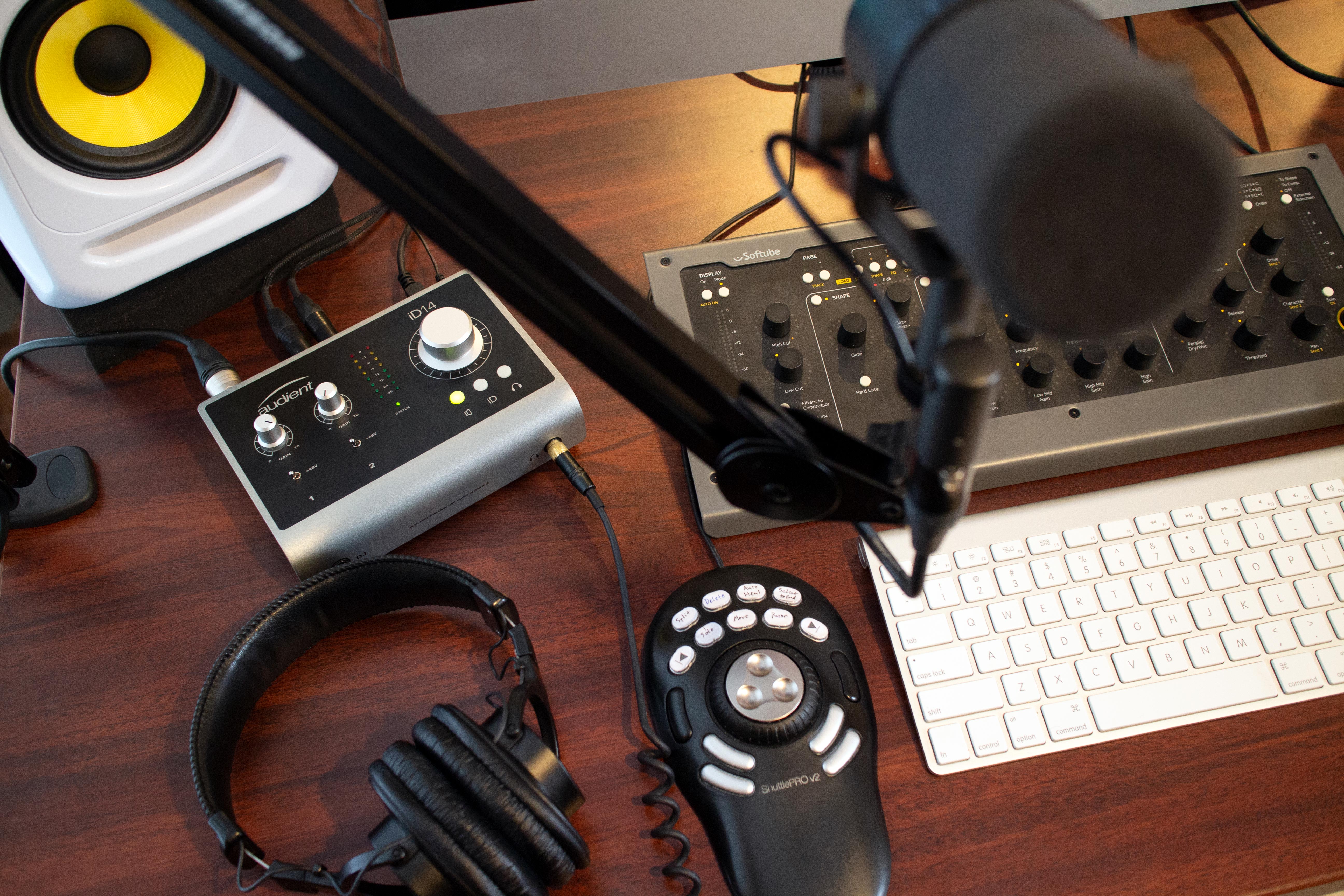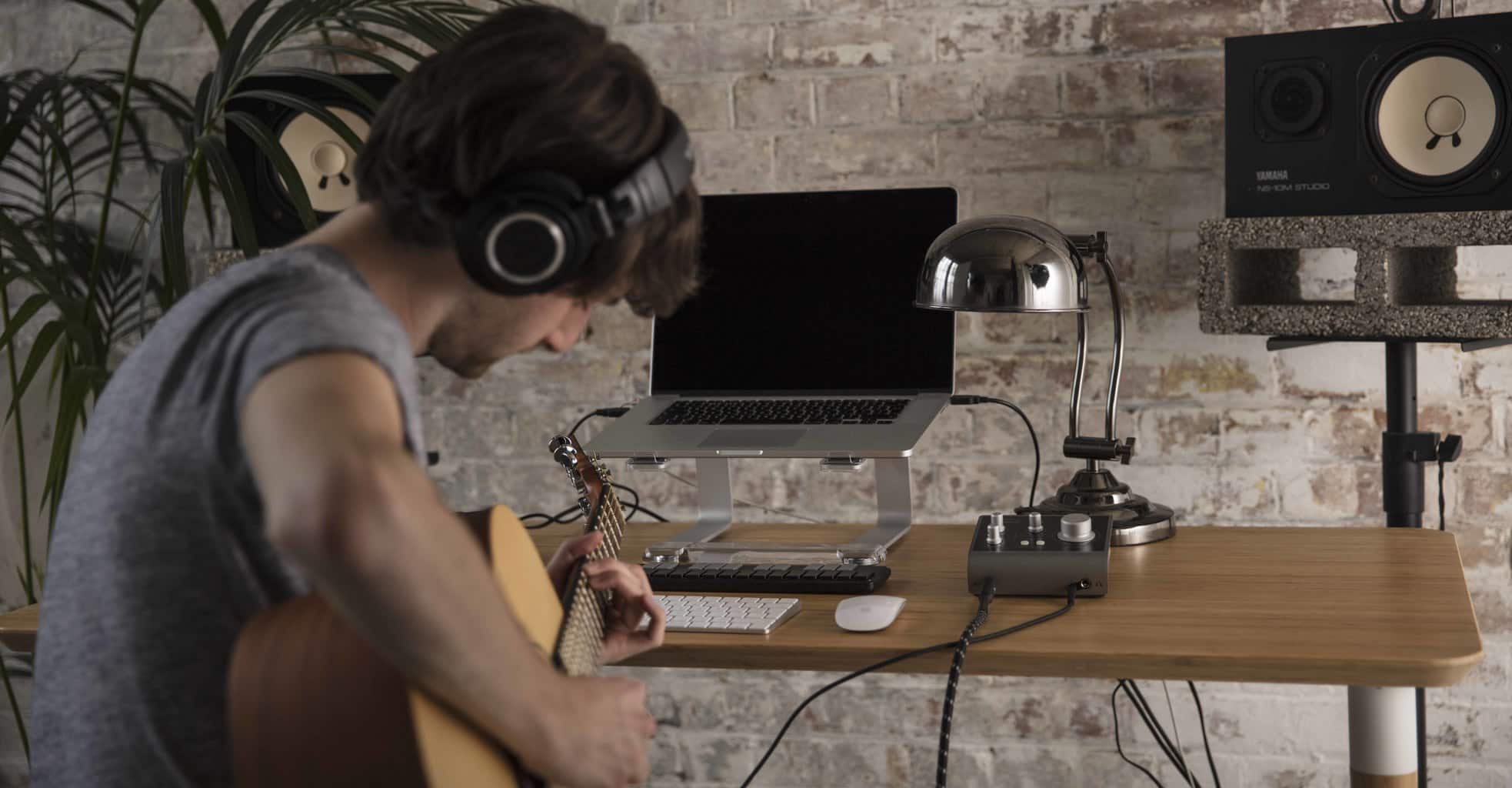Setting up a home recording studio can be a daunting and expensive project. However it doesn’t need to be! With some reasonably inexpensive pieces of kit it’s easy to get release ready recordings from the comfort of your own home, all without breaking the bank
What You Will Need
All studios require 5 key components, whether it’s a luxurious, dream like, hollywood hills esque studio or a bedroom studio. These are:
DAWs (Digital Audio Workstation)
All of these components can become very expensive, however there are some excellent budget options available to you.
Microphones
An obvious place to begin when recording music would be purchasing microphones. Microphones come in many different forms and varieties. These are dynamic, condenser and ribbon.
The first two mics that you should buy when setting up a home studio is a large diaphragm condenser and also a dynamic. Large diaphragm condenser microphones are sensitive microphones, which are excellent at catching transients and high frequencies and produce a very pleasant smooth and more natural sound.
These are excellent for most tasks in the studio; vocals, drum overheads, acoustic guitars, anything! They are extremely versatile and you will find yourself using them all of the time. A great example of these types of microphones is the Audio Technica AT2020 coming in at around £95, €105, US$99! An absolute bargain for an excellent microphone.
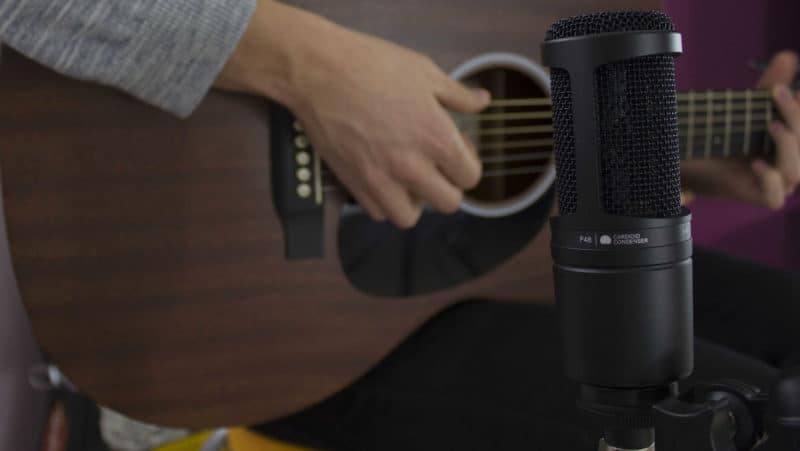
Dynamic microphones have much smaller diaphragm than the aforementioned condenser mics. This means that they struggle with high frequencies and don’t tend to capture transients quite as well.
However they do respond much better to high sound pressure levels, making them perfect for recording loud instruments such as a snare or in front of 4×12 cab.
A clear winner for a budget dynamic mic would be the Shure SM57. A studio would not be complete without an army of these mics and at around £90, €110, US$100 they are very affordable.
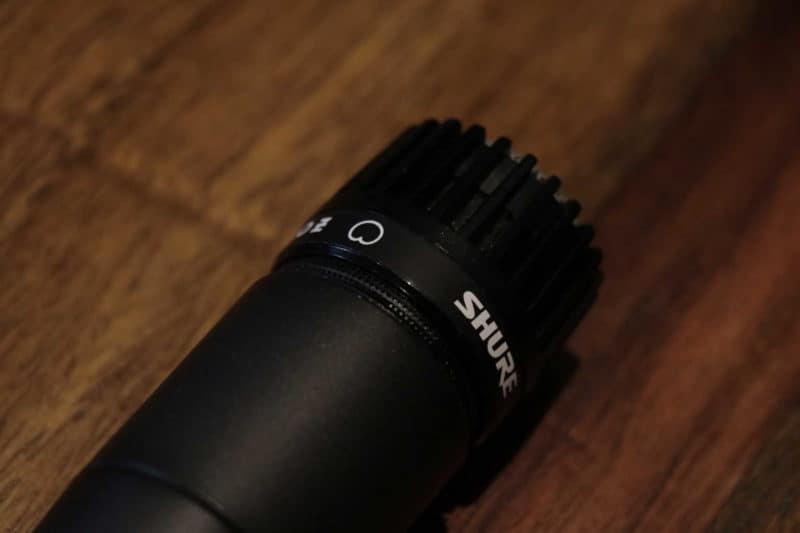
DAWS (Digital Audio Workstation)
A DAW is the heart of your home studio. 20 years ago you would have to spend thousands of pounds on hardware to get the same level of capability as what a DAW offers you.
You would need hardware compressors, EQs, reverbs, delays etc. However in the current day, when recording music is more affordable than ever, you are truly spoilt for choice when it comes to DAWs with many offerings well under the £100, €120, US$125 mark and some even for free! Yes free!
A DAW is the computer program that allows you to record edit and mix your projects. Instead of dedicating a room to keep all of your hardware in, DAWs now allow you to condense all of this into a neat tidy computer programme.
There are so many great budget DAWs on the market and it is a difficult choice to choose one. Some honorable mentions are Cubase, Logic, Reaper, FL Studio and Studio One.

One DAW which you can get for free with any Audient product is Cubase LE. Simply register your product on ARC and you will be able to download this DAW
Audio Interfaces
Audio interfaces are an essential piece of kit in the studio. They allow you to get audio into your computer and send audio out. Without an audio interface all of your great pieces of hardware cannot do much!
However the audio interface can also make or break your set up. An interface with poor preamps will not do your microphone justice and make it sound thin and flat and an interface with poor monitoring capabilities will hide errors in your mix when editing and not give you the quality that you deserve.
Our audio interface, iD4 provides you with a class leading console grade mic pre that is exactly the same as the one used in the now modern classic ASP8024-HE recording console.
The Audient mic pre is renowned for its versatility and will give you an honest translation of your source. An all round great audio interface for recording two channels simultaneously! However if you’re looking to record more channels then iD14 & iD22 might be better suited for you.
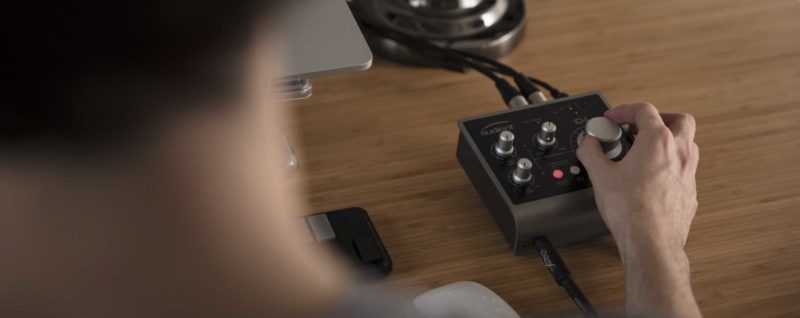
The iD4 can be picked up at all major pro audio stores for around £120, €133 or US$199.
Monitors
So we now have some great mics at our disposal, going through the excellent preamps in our iD4 interface, creating some waveforms in our industry standard DAWs. Excellent! How can we listen to what we have recorded though?
This is where your studio monitors and headphones come into play. The aim of the game with studio monitors is to have a flat as possible frequency response and as little distortion. This is how monitors differ to speakers.
Your normal music speakers will add a little bit of colouration (fancy name for slight distortion) and EQ (due to its non flat frequency response) to make your music sound better. Your studio monitors however will represent the signal path as accurately as possible. Allowing you to hear every part of your mix as it is in the DAW.
Speakers are a little bit like your friend who lies to you and tells you that you look great in your hideous new Hawaiian shirt. Whereas your studio monitors are your honest friend who will tell you that it’s awful and save you hours of public humiliation when you go outside. Certainly a worthy investment!
Monitors can be very expensive and may be the most expensive part of your budget studio. An excellent model of monitors are the Yamaha HS5s these can be picked up for around £140, €170 or US$200 each.
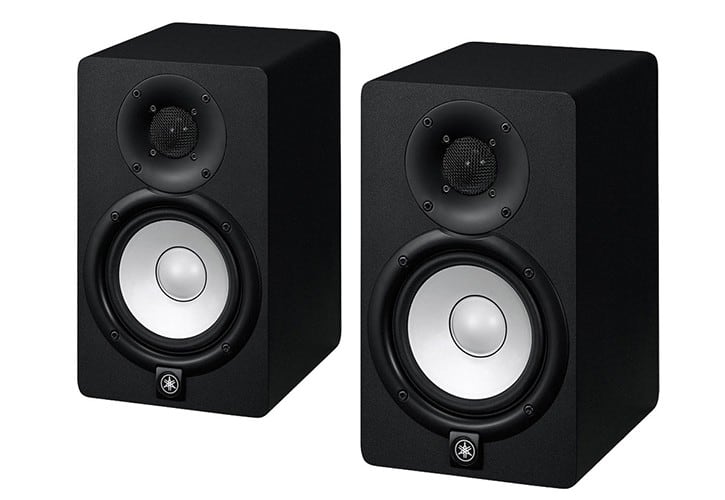
Please remember you will need to purchase two if you would like to monitor a stereo signal. It is also a good idea to pick up some foam isolation pads with your monitors. These isolate the monitor from the surface it is on. This will reduce any resonance which can sometimes make the bass louder.
Isolation pads can be purchased for around £15, €15 or US$20. Foam isolation pads are one of the cheapest and best ways to upgrade your monitoring setup.
Headphones
Sometimes you need to get in really close to your mix to hear the fine details. In this case it is really useful to use a pair of headphones. Headphones are also great if you want to give your artist a backing track to play to whilst recording.
Like monitors, a good pair of headphones for use in the studio would have a flat as possible frequency response and add little to no colouration to the signal.
One consideration to make is, open back or closed back? Closed back headphones can over-represent your bass frequencies and often have higher distortion figures when compared to open back, but importantly, they prevent sound leakage.
This is very important when giving your artist a mix to play along to, as you do not want the backing track to be picked up by the mic and spill into the recording.
It would be ideal to have both types of headphones, however in a budget home studio situation, we would recommend closed back headphone. This is due to the extra versatility.
For a really budget set up, you can replace your monitors with a pair of good headphones. Both of these pieces of kit perform a similar job.

An excellent pair of headphones for both monitoring and feeding your artist a mix are the Audio Technica ATH-M50X. These headphones can be picked up for around £139, €159 or US$180.
Final Cost
We have covered all of the major parts of the recording studio and recommend some great pieces of kit that are easily affordable. Pieces of kit which will allow you to start creating release ready recordings. The grand total of which is:
AT2020 Large Diaphragm Condenser microphone: £95
Shure SM57 Dynamic microphone: £90
Audient iD4 Audio Interface: £120
2x Yamaha HS5 Studio Monitors: £280
Audio Technica ATH-M50X Headphones: £139
Total:
£724 / €810 / $942
Without monitors:
£444 / €497 / US$577
